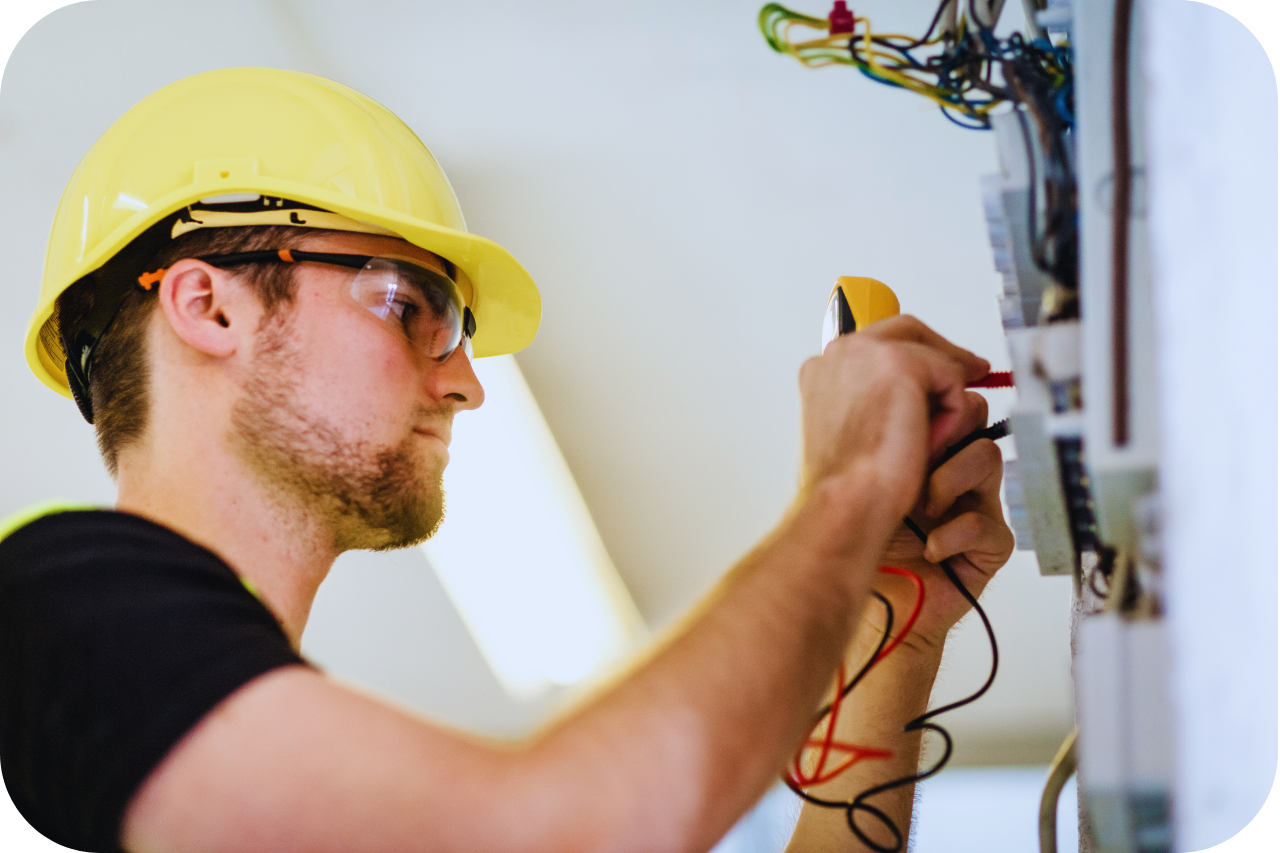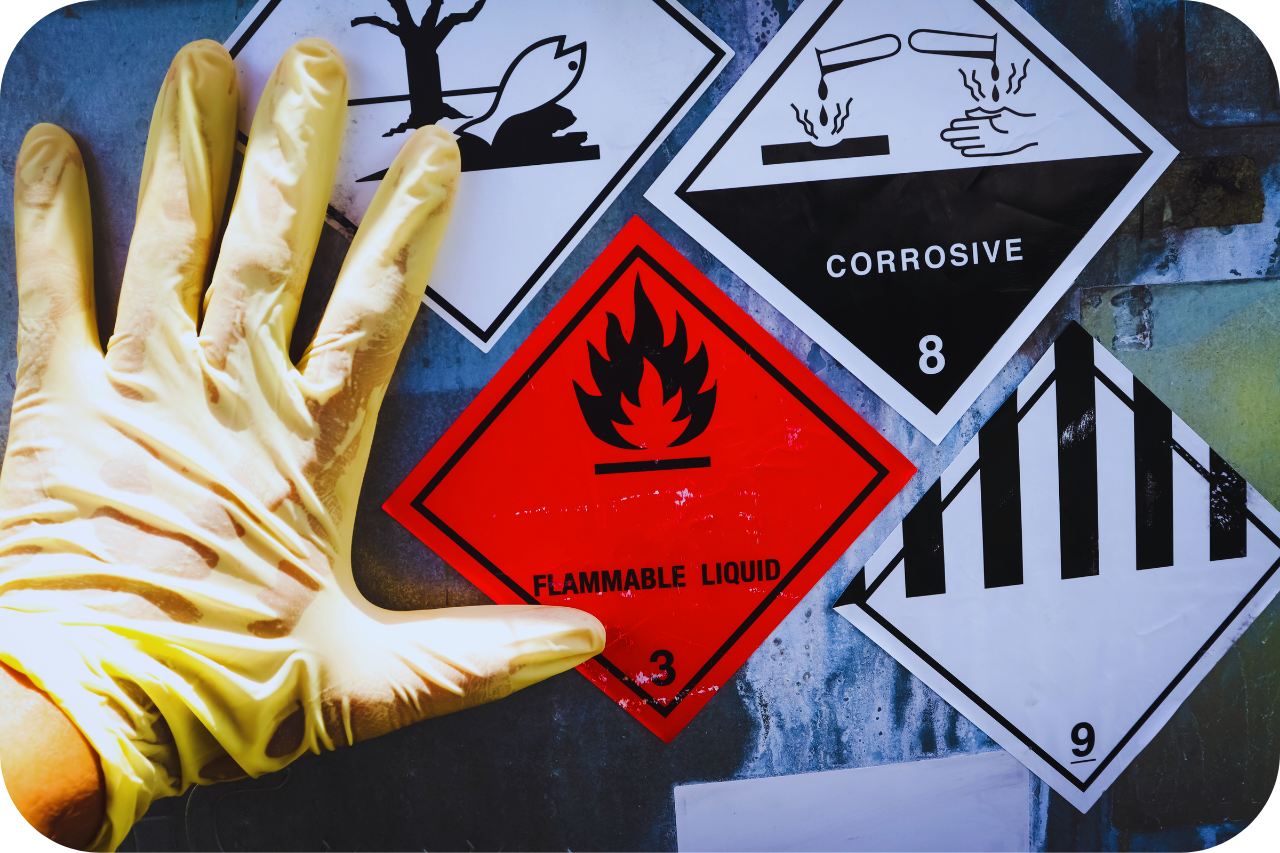The Facts About Roar Solutions Revealed
The Facts About Roar Solutions Revealed
Blog Article
Rumored Buzz on Roar Solutions
Table of ContentsGetting My Roar Solutions To WorkThe Best Guide To Roar SolutionsRoar Solutions - The Facts
In order to safeguard installations from a possible surge an approach of evaluating and identifying a potentially harmful area is needed. The objective of this is to make certain the appropriate choice and installation of devices to eventually avoid an explosion and to guarantee security of life.
(https://profiles.delphiforums.com/n/pfx/profile.aspx?webtag=dfpprofile000&userId=1891249800)
No equipment should be set up where the surface area temperature of the tools is greater than the ignition temperature level of the provided risk. Below are some typical dust unsafe and their minimal ignition temperature. Coal Dirt 380C 225C Polythene 420C (thaws) Methyl Cellulose 420C 320C Starch 460C 435C Flour 490C 340C Sugar 490C 460C Grain Dust 510C 300C Phenolic Resin 530C > 450C Aluminium 590C > 450C PVC 700C > 450C Soot 810C 570C The chance of the threat existing in a concentration high adequate to trigger an ignition will certainly differ from place to area.
In order to categorize this threat an installation is divided right into areas of risk depending upon the quantity of time the unsafe exists. These locations are described as Areas. For gases and vapours and dusts and fibers there are three areas. Area 0 Area 20 A dangerous environment is highly most likely to be present and might be present for extended periods of time (> 1000 hours each year) or also continually Area 1 Zone 21 A hazardous environment is possible yet not likely to be existing for long periods of time (> 10 450 C [842 F] A classification of T6 suggests the minimum ignition temperature level is > 85 C [185 F] Hazardous area electric equipment possibly designed for usage in higher ambient temperatures. This would indicated on the score plate e.g. EExe II C T3 Ta + 60C( This implies at 60C ambient T3 will not be exceeded) T1 T1, T2, T3, T4, T5, T6 T2 T2, T3, T4, T5, T6 T3 T3, T4, T5, T6 T4 T4, T5, T6 T5 T5, T6 T6 T6 A T Course rating of T1 suggests the optimum surface temperature level generated by the instrument at 40 C is 450 C. Presuming the linked T Class and Temperature level rating for the tools are proper for the location, you can always utilize a tool with an extra rigid Division rating than needed for the location. There isn't a clear solution to this inquiry unfortunately. It really does depend upon the kind of devices and what fixings need to be executed. Tools with particular examination procedures that can't be carried out in the field in order to achieve/maintain third celebration ranking. Must return to the factory if it is before the equipment's service. Field Repair Service By Authorised Employee: Complicated testing may not be called for nonetheless details treatments may need to be followed in order for the equipment to maintain its 3rd event ranking. Authorized employees must be used to carry out the work properly Repair service have to be a like for like substitute. New component must be considered as a direct replacement requiring no unique screening of the devices after the repair service is full. Each tool with a hazardous rating should be reviewed individually. These are laid out at a high level below, however, for even more detailed details, please refer directly to the standards.
5 Easy Facts About Roar Solutions Shown
The tools register is a thorough data source of tools records that consists of a minimum collection of areas to determine each item's location, technological parameters, Ex lover classification, age, and ecological data. The ratio of Comprehensive to Close examinations will certainly be established by the Tools Risk, which is assessed based on ignition threat (the likelihood of a resource of ignition versus the chance of a combustible atmosphere )and the unsafe location category
( Zone 0Area 1, or 2). Implementing a durable Risk-Based Inspection( RBI )method is essential for making certain compliance and safety and security in taking care of Electric Devices in Hazardous Locations( EEHA).
The Only Guide for Roar Solutions

In regards to explosive danger, a harmful location is a setting in which an eruptive environment is existing (or might be expected to be present) in amounts that need unique safety measures for the building and construction, setup and use equipment. hazardous area course. In this article we check out the obstacles faced in the office, the risk control actions, and the needed competencies to function securely
It issues of modern-day life that we make, save or take care of a series of gases or liquids that are considered combustible, and a series of dirts that are regarded combustible. These materials can, in certain conditions, develop explosive ambiences and these can have major and unfortunate effects. The majority of us are familiar with the fire triangular eliminate any type of among the 3 aspects and the fire can not happen, yet what does this mean in the context of dangerous Full Report locations? When damaging this down right into its most basic terms it is essentially: a combination of a certain quantity of release or leakage of a specific substance or product, mixing with ambient oxygen, and the presence of a resource of ignition.
In a lot of instances, we can do little about the levels of oxygen in the air, however we can have significant impact on sources of ignition, for instance electric equipment. Harmful areas are recorded on the dangerous location classification illustration and are recognized on-site by the triangular "EX-SPOUSE" indicator. Right here, among other essential details, zones are split right into three kinds depending on the hazard, the possibility and period that an explosive environment will exist; Area 0 or 20 is regarded one of the most harmful and Area 2 or 22 is deemed the least.
Report this page